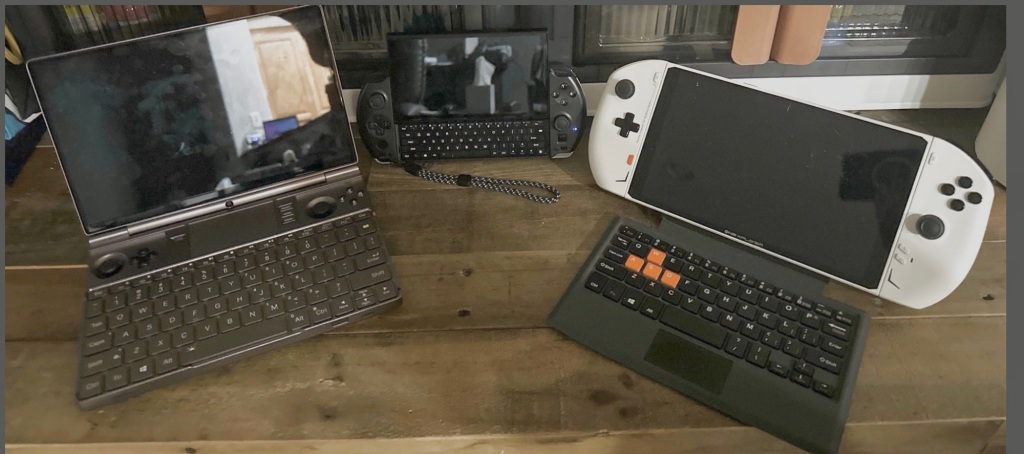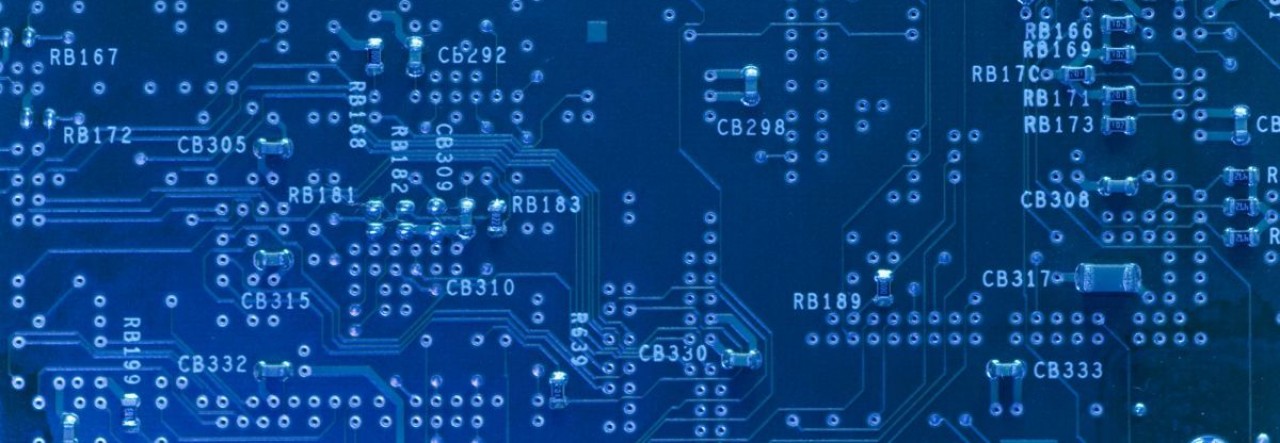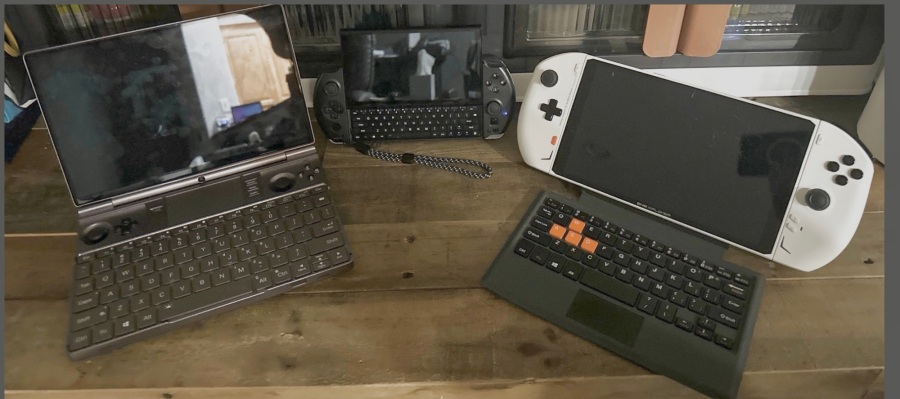Once upon a time there was PC gaming, and it required massive heavy machines, and it was good. Then, after many ages, machines that could be moved from place to place became capable of gaming, and there was a great schism. To some, these machines “laptop machines” were heresy, to others they were salvation.
But lo, the PC faithful had forgotten that it was in fact the console that had begat PC gaming, that had in turn begat the console. And so it was that while the flock of the PC turned upon itself, the console continued its growth until the console begat the “handheld”.
Ok I have no clue where this is going and I’m too lazy to use ChatGPT to finish it, but the idea here is that there was a perfect storm around two years ago when AMDs massive progress on their APU package triggered a spark of inspiration in Gabe Newell’s mighty brain and the SteamDeck was born. To outsiders it might seem like a footnote, but it really was a transformational device, bringing “Windows” gaming to a handheld form factor running an efficient LinuxOS, mated to customized hardware.
Clear evidence of how revolutionary this device was is how quickly it spawned an entire industry of pretenders. Quirky Chinese boutique computers weren’t new except, GPD in particular had been at it a bit, throwing form factors at the wall, but no one had been making a candy bar PC cum Nintendo Switch before the Deck, and now basically everyone does.
So in many ways life today is pretty good for a “gamer on the go”! After all, traditional laptops never stopped evolving, lighter and smaller and with more and more power every year, and now added to the mix are all these weird APU based devices in a plethora of form factors. And that’s not even getting into the ARM/Android based devices! On the flip side though, are any of these things any good? Do any of them even get close to the perfection of the Nintendo Switch (or even the Sony PSP and Vita that paved the way for Nintendo?). In the end is it better to just accept hauling around a laptop if your passion is Windows gaming?
Well the answer is “it’s complicated”. There’s no getting around the fact that most PC games work best on a mouse and keyboard, which immediately favors just getting a laptop and moving on, but AAA games are increasingly console ports anyway, designed primarily for controllers, and the Deck proved that a candy bar PC can basically become a “portable Xbox/PlayStation ” (these two have been basically just PCs for two generations). Of course one thing the Xbox, PlayStation and Windows all share (besides identical x86 hardware) is big giant screens. Screens that can work in a notebook but are… challenging for a handheld. In the end it really comes down to priorities, and needs to be examined device by device, so let’s dive in!

For this comparison the focus is going to be on two devices from GPD, the Win Max 2 (a 2023 7840 based one in this case), and a 2024 8840 Win 4, as well as a 7840 based OneXPlayer Pro 2S. To get things started, the Win Max is basically a compromised laptop, but it’s enough of a swiss army knife that it works well. It has built in gaming controls that can help it impersonate a handheld, but it’s big enough, and heavy enough, that it’s best to think of it as the ultimate sub notebook.
The other two contenders are both candy bar pretenders to the SteamDeck throne. These other candy bars are all end up being amplifications of various things the SD gets really right, but none of them do enough to truly differentiate. Some of that is physics, but some is also just the realities of Windows gaming outlined earlier.
Take the OneXPlayer Pro 2 as an example. The 8.4” screen is gigantic and very high quality. It’s very high powered because you can run the 7840/8840 all out given the cooling, and it even has an iPad style magnetic keyboard cover. But in the downside, it’s also almost 2lbs, which is a ton for a candybar, making it unrealistic to use like a Switch, or even a SteamDeck (1.5lbs) for too long really.
On the other side of the spectrum you’ve got the Win 4, which has a trick built in KB and “finger mouse”, which are both great party tricks, and is reasonably sized. But when it comes to usability, at 1.3lbs it’s really still too heavy given the questionable ergonomics, and the 6″ screen is painfully small for many PC games.
As it turns out, Valve knew what they were doing. The Deck is arguably too big, and too heavy, but the ergonomics are perfect so the weight is manageable at least until the battery dies, and the 7.4” screen size is in an almost perfect sweet spot.
So what do you choose? Well if you don’t like controller gaming, or emulation, then all of these devices will be frustrating and a small laptop is the way to go. The Win Max is amazing in this case, with a 10” screen, 2.2lb weight, and footprint that can fit in even the smallest bags, but devices like the Asus G14 and X13 are pretty amazing as well, if you can budget an extra pound or so and about 8 square inches more real estate.
If the idea of a “Switch PC” appeals, then it’s hard to not just recommend the SteamDeck. These others devices are all fun and quirky in their way, but they’re ultimately too flawed. Two big, two small, two something. It turns out Valve managed to find the Goldilocks zone of handheld PC gaming! Whodathunk the biggest PC gaming company industry would manage to do that?! Ok well everyone, but still it’s impressive. As for the rest? I still think they may have their place for those with niche needs. The Win4, for example, is significantly smaller in footprint, and lighter enough than the deck that you notice it, so it really is a lot more portable. On the other end the OneXPlayer is massive( but that might be a good thing for someone who is looking for something that is less about being on the go, and more standing in as a full time device. One thing for sure is the PC gaming hardware space has never been this exciting!

